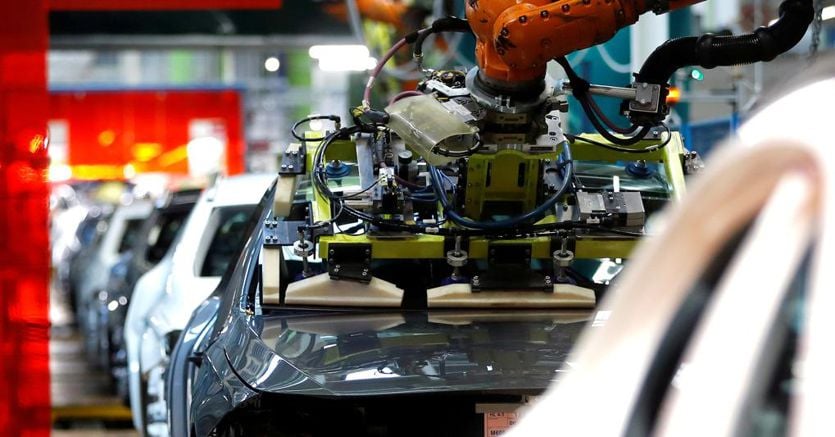Is it clear again? Germany can hope so: on the day when the first quarter data is confirmed not too negative thanks to the support of investments, the Ifo index marks a strong rebound led by services and retail sales, the sectors that have suffered most due to the pandemic.
The index that measures the sentiment, the assessment of the conditions of the German economy, the Ifo, marked its highest since May 2019 in May, rising to 99.2 from 96.6 in June, against a consensus of analysts which was pointing more quietly to 98. The component relating to the current situation rose to 95.7 from 94.2; while the component on expectations, the most elusive but at this stage also the most emblematic, jumped to 102.9 from 99.2. The hitherto subdued sub-index contributed in particular, along with retail trade, but construction also improved. Manufacturing has been a bit disappointed, but only because expectations have appeared less bright than in the past (while remaining positive, informs the Ifo institute). It is not excluded that they may have weighed the insufficient supply of electronic chips, raw materials and containers, due to the pandemic. “The German economy is gaining speed,” IFO president Clemens Fuest said in a statement.
Loading…
The GDP figures for the first quarter – which refer to a past now abandoned in any case, after the distribution of vaccines – have meanwhile been slightly revised downwards: economic activity fell by 1.8% and not by 1.7% which was initially estimated, and is now 5% below the level reached in the fourth quarter of 2019. The reasons for the correction, however, reveal a less negative picture than one might think. The downward revision is primarily linked to lower consumption: in January German VAT returned to “normal” levels, and new containment measures were decided. It is also true, however, that the decline in consumption in the fourth quarter was less than previously calculated.
The previous estimates of the first quarter had underestimated the contraction in household spending, but also – in the opposite sense – of the minimal but in any case unexpected increase in investments, which rose by 0.3% thanks above all to construction, and the filling of warehouses, evidently in view of the recovery in demand. Exports increased (+ 1.8%) but also – and again unexpectedly – imports (+ 3.8%).
Germany, therefore, appears well positioned for the next recovery. The epidemic, the third wave, still weighed on the second quarter, but in perspective the economy should quickly return to pre-crisis levels. “The fact that March and April were characterized by the third wave – explain Marc Cus Babic and Iaroslav Shalapko of Barclays – means that growth should remain relatively contained (in the third quarter, ed) at + 1.9% quarterly, while we momentarily anticipate a stronger rebound for the third quarter, at + 3.4% quarterly.
